The Wild Food Farm has 3 types of forest which you can explore on the Bush Tucker Trail
Sheoak Forest
Dominated by drooping Sheaoaks, the plants in this community can easily withstand the dry soils found on hilltop areas. Sheoaks are food for the Black Cockatoos and this part was planted as it would have been over 150 years ago. Sheoaks are a hard wood and was used to make many tools such as spears, coolamons and digging sticks by the Aboriginal people. Its soft foliage was also a soft bed to rest on and safe because nothing grows under the Sheoaks so preditors could be easily spotted and branches didn’t easily break-off and fall.
Grassy Woodland
This is more of an open forest, dominated by gum trees, Eucalyptus species such as Blue Gum, Manna Gum, Swamp Gum and Messmate. We have a lot of our bush tucker plants growning on the Bushtucker here.
Melaleuca Scrub
Dominated by Swamp Paperbark, Melaleuca ericifolia, this type of forest prefers moist conditions and is most common in low-lying land, especially near wetland areas.
We are still exploring plants that are indigenous to the area and have completed a Food Map showing all the species that are currently growing on the property and adding to those species.
THIS INFO IS ALIGNED WITH QR CODES ON ALL OUR SIGNAGE AS YOU WALK THE BUSHTUCKER SENSORY TRAIL AROUND THE FARM AND IS STILL UNDER CONSTRUCTION
PLANT INFO
Lemon Myrtle Backhousia citridora
Probably the best known Australian herb, Lemon myrtle has a strong, robust flavour and aromas and is now cultivated and commercially available worldwide. The leaves of the lemon myrtle are harvested and used as a specialty food ingredient by chefs, distillers, craft beer producers, in the pharmaceutical industry, teas and in many cosmetics such as soaps, skin washes and even as an insect repellant. The aroma of the Lemon myrtle leaves shine thru. At the Wild Food Farm it often appears in many dishes on the menu. We make our damper with lemon myrtle, teas, sauces and biscuits and cakes.
Lemon myrtle is a sub-tropical plant, here we have it growing between the hedgerows of Lilli Pill and behind the Native Juniper (other side of the path) to protect it from the cold winds, it creates its own warm micro climate and is doing well, except for the odd wallaby that seems to enjoy the leaves from time to time!
WOODLAND WALK
Pigface Carpobrotus rosii Katwort (Gippsland) Koori name
Lemon-scented Tea Tree Leptospermum petersonii Budjor (Kuring-gai) Koori name
Round Leaf Mint also known as Native Basil Prostanthera rotundifolia traditional name unknown
Strawberry Gum Eucalyptus olida traditional name unknown
Lilly Pilly Acmena smithii Tdjerail (Illawarra, NSW) Koori name
Mountain Pepper Tasmannia lanceolata traditional name unknown
Prickly Currant Coprosma quadrifida traditional name unknown
Borad-leafed Peppermint Gum Eucalyptus dives traditional name unknown
Boobialla also known as Native Juniper Myoporum insulare traditional name unknown
Pale Flax Lily Dianella longifolia Murmbal (Gunditnmara) Koori name
Flinders Island Celery Apium insulare traditional name unknown
Lemon myrtle Backhousia citriodora Wom-bai (Queensland)
Yam Daisy Micoseris lanceolata Murnong (Yarra)
Spiny-headed Mat Rush Lomandra longifolia Karawun (Yarra)
Crimson Bottlebrush Callistemon citrinus Naamba (Undumbi)
Native Spinach or Warrigal Greens Tetragonia tetragonioides traditional name unknown
Black Wattle Acacia mearnsii Garrong (Yarra)
Prickly currant Coprosma quadrifida traditional name unknown
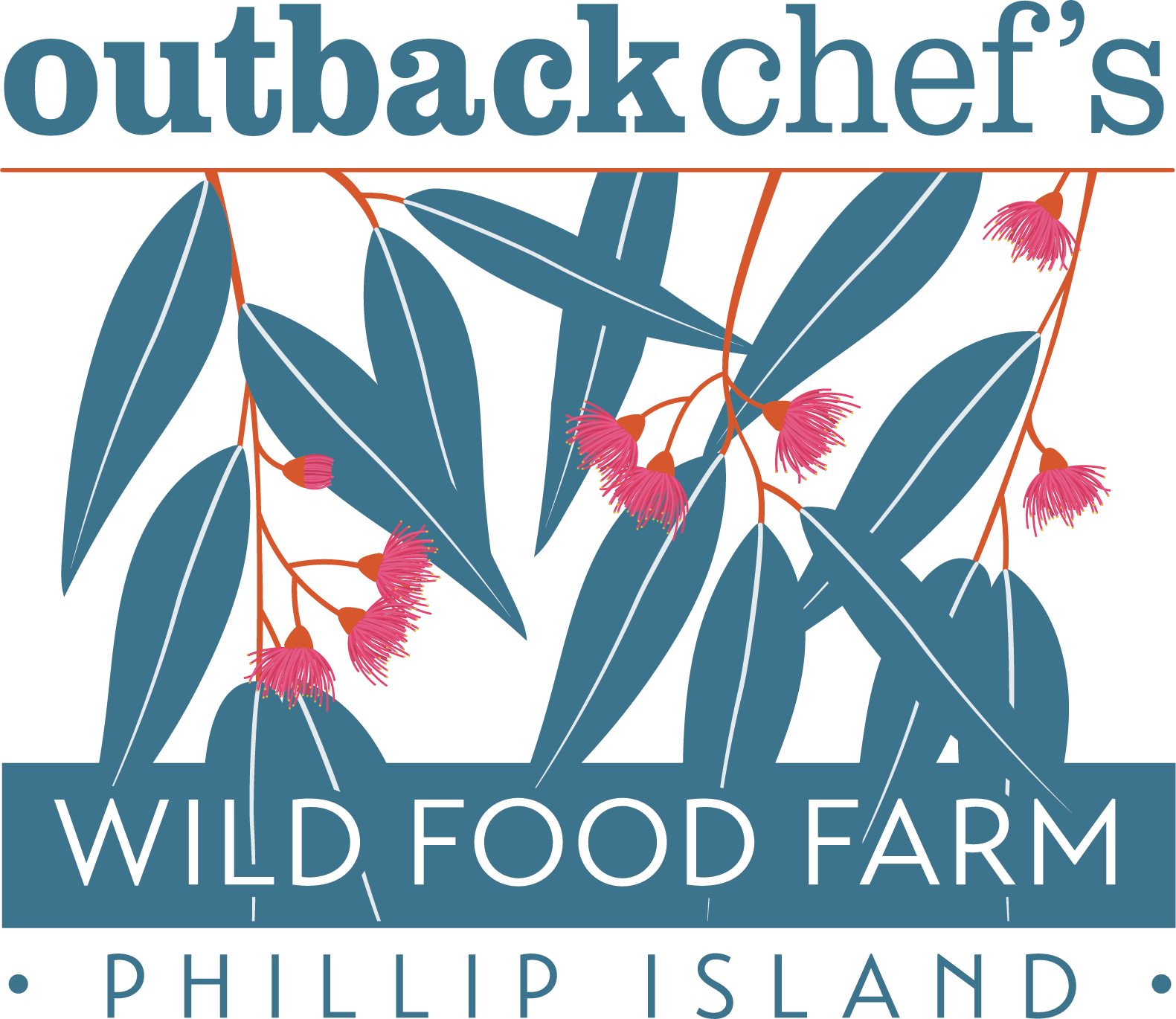
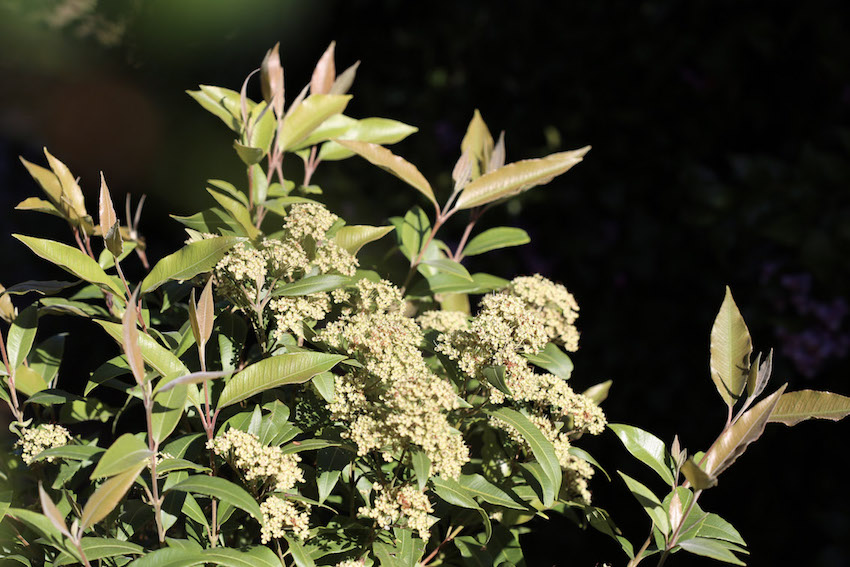


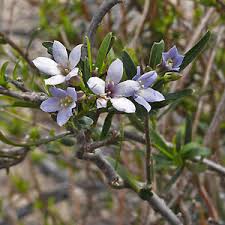
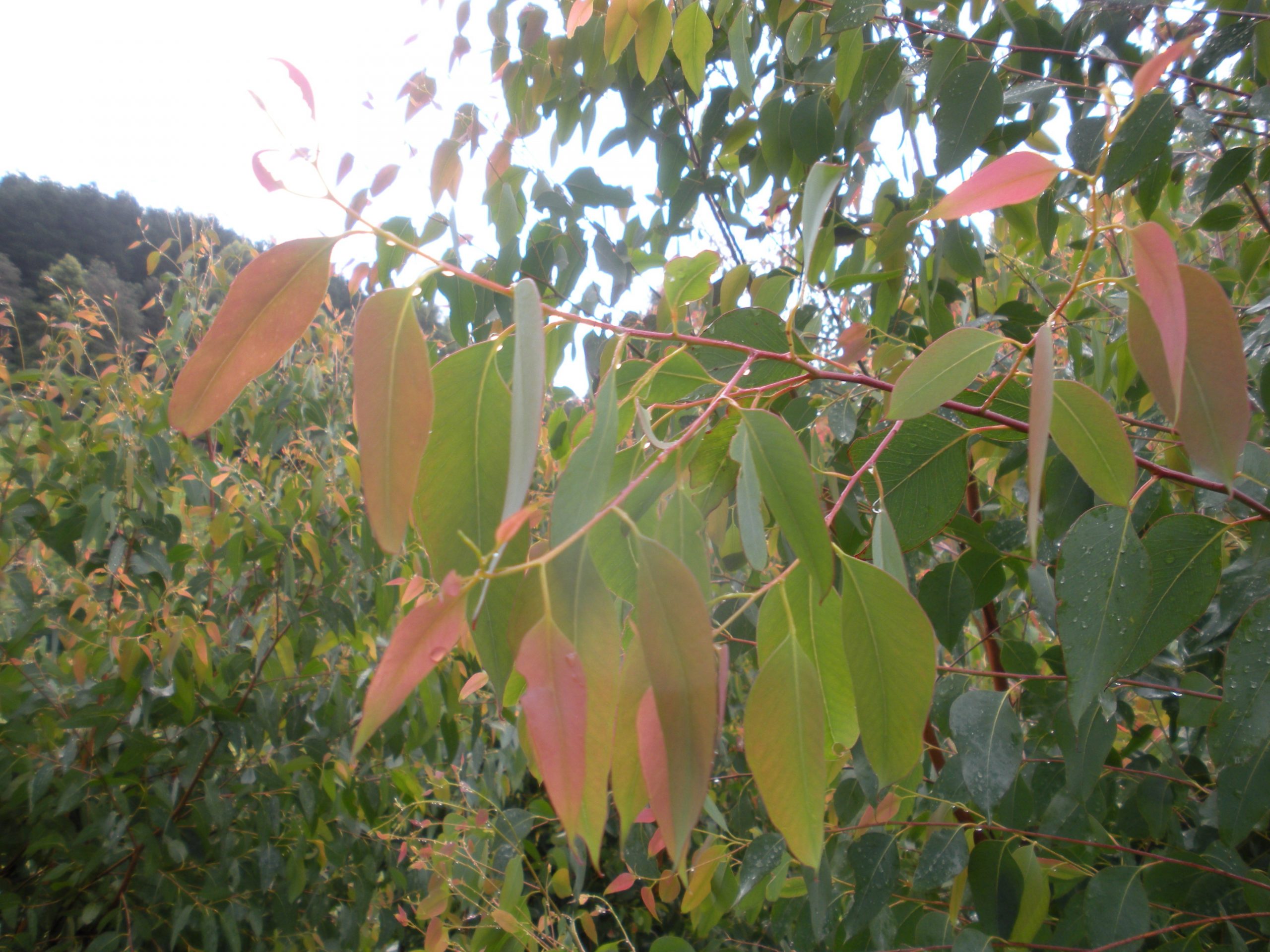
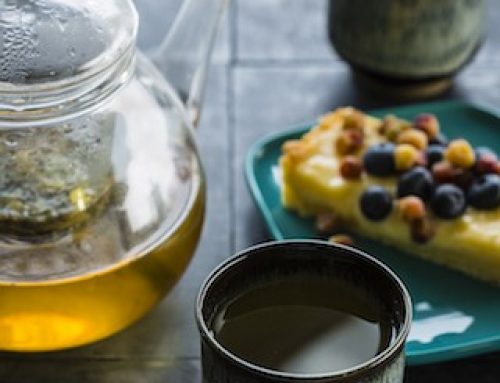
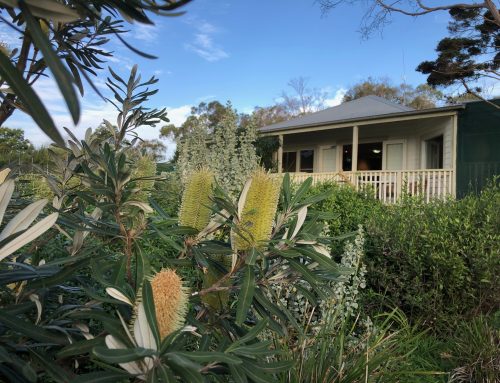
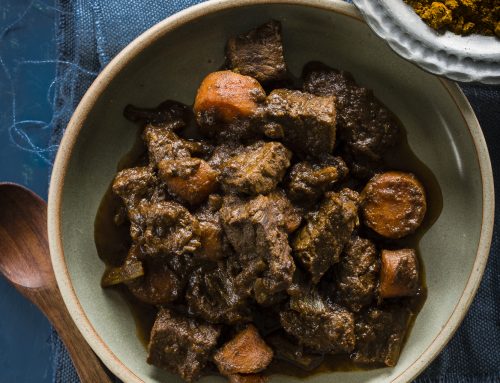
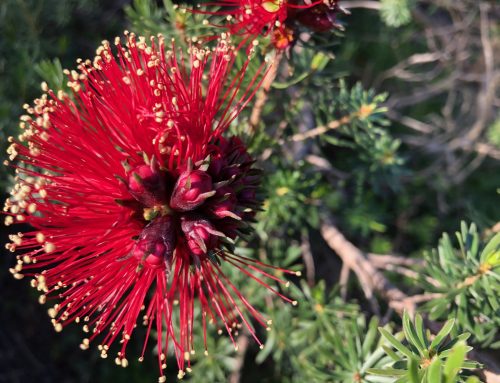
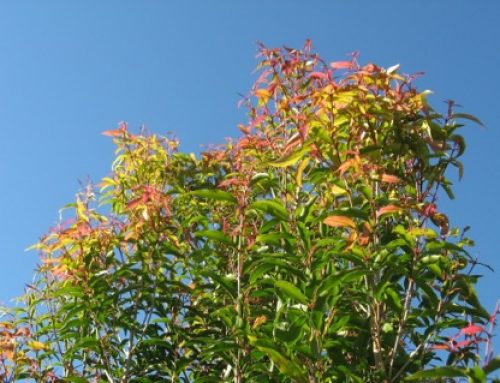
Leave A Comment
You must be logged in to post a comment.